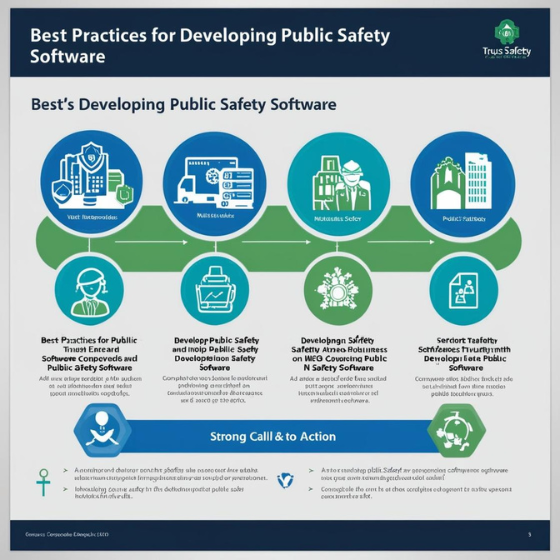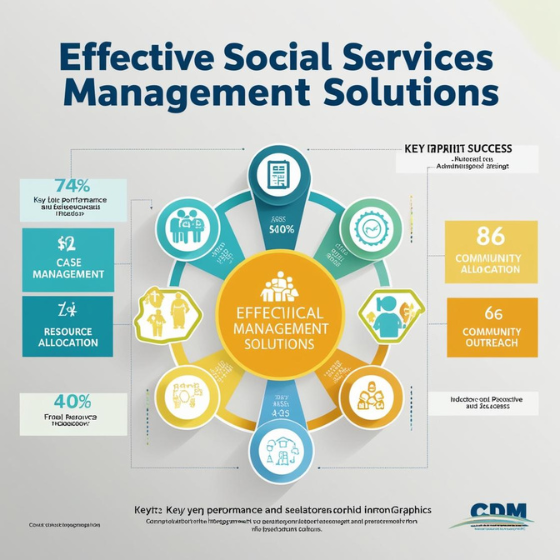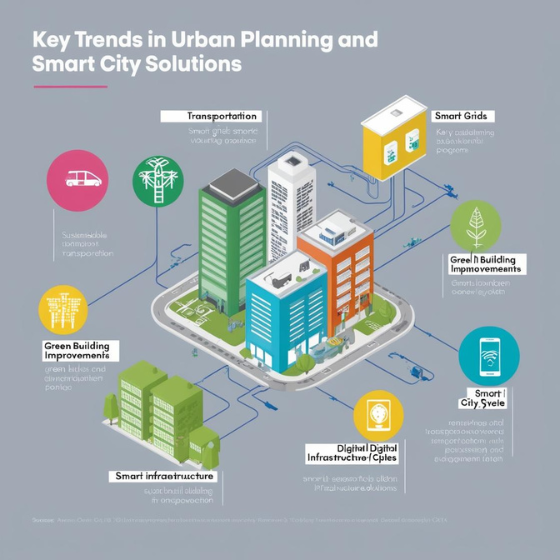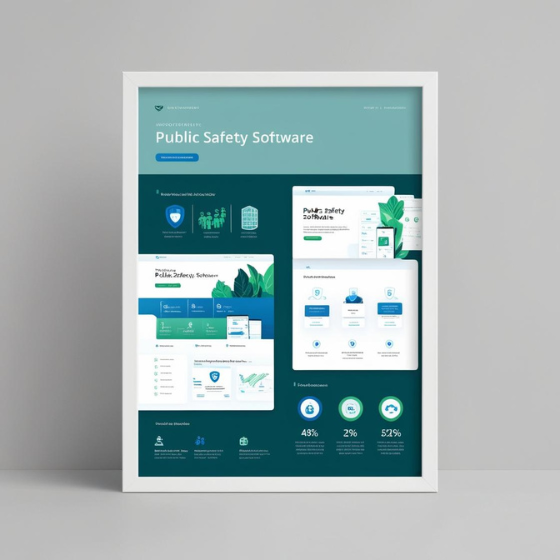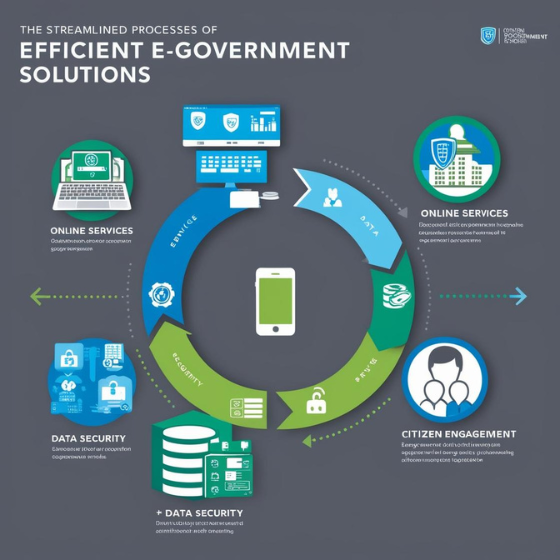Best Practices for Developing Public Safety Software
Public safety software plays a pivotal role in safeguarding communities by enabling effective responses to emergencies, optimizing resource management, and enhancing communication between agencies. To develop solutions that truly make a difference, it’s essential to follow best practices that ensure reliability, scalability, and usability.
This guide highlights the best practices for creating impactful public safety software that meets the needs of modern agencies and communities.
Why Adhering to Best Practices Matters
Public safety software must function flawlessly during critical moments. Following best practices in development helps:
- Ensure Reliability: Systems remain operational during emergencies.
- Optimize Functionality: Improve workflows and resource management.
- Adapt to Growth: Scale easily to accommodate future needs.
Best Practices for Developing Public Safety Software
1. Engage Stakeholders Early
Successful public safety software is built on a deep understanding of user needs. Engaging with stakeholders—emergency responders, law enforcement, administrators, and even citizens—ensures the solution addresses their unique challenges.
Key Steps:
- Conduct interviews and focus groups with end-users.
- Map workflows to identify pain points.
- Prioritize features that add the most value, such as real-time communication or incident tracking.
Example: A disaster management system designed with input from first responders may include streamlined tools for reporting field updates.
2. Adopt a User-Centric Design Approach
Public safety professionals operate under intense pressure, so the software must be intuitive and straightforward.
Design Principles:
- Simplified UI/UX: Focus on essential features, avoiding unnecessary complexity.
- Role-Based Interfaces: Tailor views to different user roles, such as dispatchers and field officers.
- Accessibility: Ensure compatibility with mobile devices for on-the-go access.
Pro Tip: Test the interface with actual users to identify usability issues early in development.
3. Emphasize Real-Time Capabilities
Time is critical in public safety scenarios. Software should provide real-time data and insights to enable quick, informed decisions.
Features to Include:
- Live Updates: Incident statuses, resource availability, and traffic conditions.
- IoT Integration: Leverage data from sensors, cameras, and other devices.
- Geospatial Mapping: Visualize resources and incidents in real-time on a map.
4. Focus on Security and Compliance
Public safety software deals with sensitive data, making security a top priority.
Best Practices for Security:
- Data Encryption: Protect data during transmission and storage.
- Access Controls: Use multi-factor authentication and role-based permissions.
- Regular Audits: Conduct frequent vulnerability assessments.
- Regulatory Compliance: Align with standards like CJIS, GDPR, or HIPAA.
Example: A system storing citizen data, like emergency contact information, must implement strict privacy controls.
5. Ensure Interoperability
Public safety operations often involve multiple agencies working together. Interoperability ensures seamless communication and data sharing.
How to Achieve Interoperability:
- Use open APIs for cross-platform integration.
- Adhere to standardized data formats.
- Design modular systems for easy integration with legacy software.
6. Leverage Predictive Analytics
Predictive analytics enhances proactive decision-making by identifying potential risks and trends.
Use Cases:
- Anticipating crime patterns in high-risk areas.
- Forecasting natural disasters based on historical and environmental data.
- Planning resource allocation based on predictive insights.
Example: A wildfire management tool that analyzes weather patterns to predict fire risks.
7. Incorporate Offline Functionality
Emergencies may occur in areas with poor connectivity. Public safety software should function effectively even without an active internet connection.
Key Features:
- Local storage for offline data access.
- Automatic syncing when the connection is restored.
- Preloaded maps and response protocols for offline use.
8. Build Scalable and Flexible Solutions
Public safety software must adapt to changing demands and technology advancements.
How to Build for Scalability:
- Use cloud-based infrastructure to handle varying workloads.
- Design modular systems for easy updates and feature additions.
- Perform stress testing to ensure reliability during peak usage.
9. Conduct Rigorous Testing
Comprehensive testing ensures the software performs reliably in real-world scenarios.
Testing Recommendations:
- Scenario Simulations: Test under various emergency conditions.
- Stress Testing: Evaluate performance during high data loads.
- User Acceptance Testing (UAT): Involve end-users to gather feedback and identify gaps.
10. Provide Ongoing Support and Training
Continuous support and training ensure that agencies can maximize the software’s potential.
Key Support Practices:
- Offer regular updates and feature enhancements.
- Provide 24/7 technical support.
- Conduct training sessions to familiarize users with new features.
Benefits of Following Best Practices
By adhering to these best practices, public safety software can:
- Enhance operational efficiency.
- Improve emergency response times.
- Foster collaboration among agencies.
- Build trust with end-users through reliability and security.
Why Choose Sodio for Public Safety Software Development?
At Sodio, we specialize in creating innovative public safety solutions that empower communities and agencies.
What We Offer:
- Tailored Solutions: Custom-built software to address specific needs.
- Advanced Analytics: Tools for data-driven decision-making.
- Robust Security: Compliance with global data protection standards.
- Scalable Platforms: Future-proof systems for growing needs.
Let Sodio help you build cutting-edge public safety software. Explore our services here.
Conclusion
Developing effective public safety software requires more than technical expertise; it demands a user-first approach, robust security measures, and the ability to adapt to evolving needs. By following these best practices, agencies can create tools that not only enhance operations but also save lives.
Ready to revolutionize your public safety systems? Contact Sodio today and let us turn your vision into reality.
